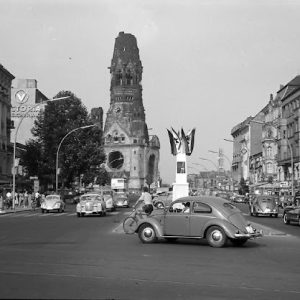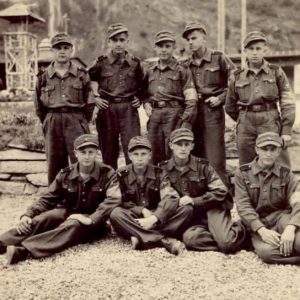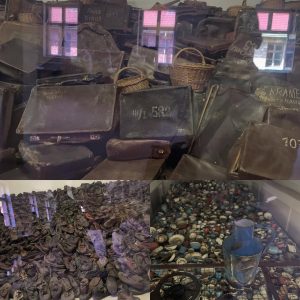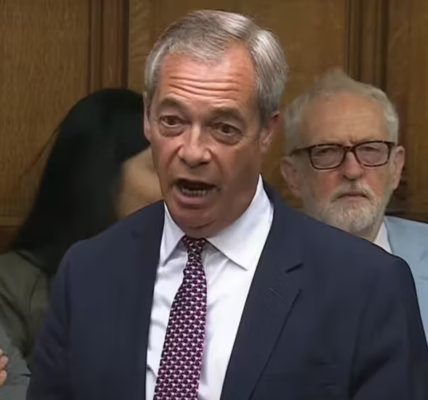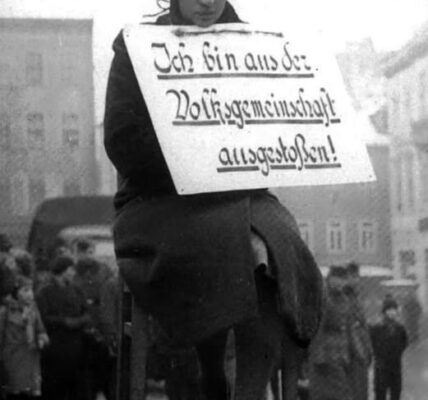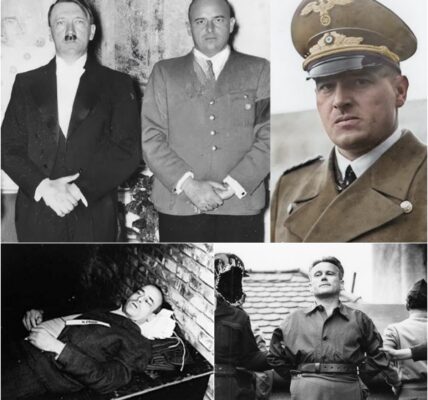September 1939: The German invasion of Poland – The beginning of the Second World War _de

In the early morning of September 1, 1939, an event began that would change world history forever: Germany invaded Poland, triggering World War II. The attack was the culmination of years of political tension, aggressive expansionism, and the ideological obsession of the Nazi regime. When German troops crossed the Polish border, they not only invaded a neighboring country, but also laid the foundation for a global conflict that would claim more than 60 million lives by 1945.

The attack began at 4:45 a.m. with the shelling of Westerplatte near Danzig by the German warship “Schleswig-Holstein.” Almost simultaneously, German ground troops crossed the border at several points. The Wehrmacht relied on the concept of the so-called “Blitzkrieg” – rapid, coordinated attacks by tank units supported by the Luftwaffe. The superiority of the German military machine became evident even in the first hours of the war.
Poland was not unprepared, but the uneven distribution of forces left little room for maneuver. While Germany possessed modern tanks, aircraft, and a well-equipped army, the Polish army was numerically inferior and partially technologically outdated. Nevertheless, Polish soldiers put up fierce resistance, for example, in the battles for Westerplatte and in the defense of Warsaw.
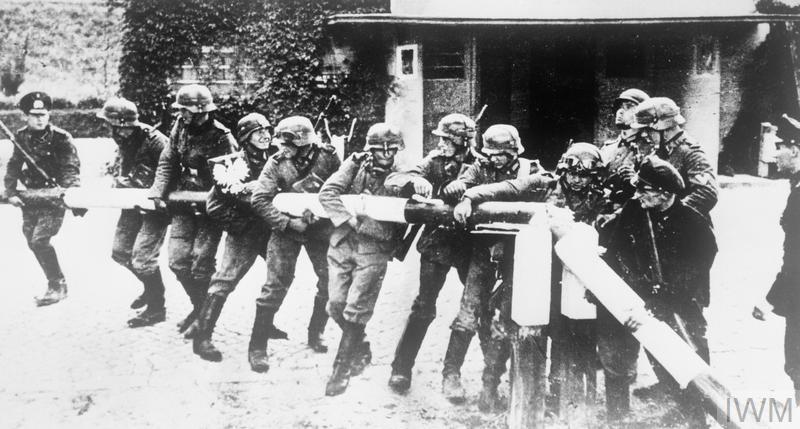
The political dimension was equally crucial. The attack on Poland had been prepared by the secret additional protocol to the German-Soviet Non-Aggression Pact of August 23, 1939 (the Molotov-Ribbentrop Pact). In it, the German Reich and the Soviet Union agreed to divide Poland and other Eastern European territories into spheres of interest. On September 17, 1939, Soviet troops finally marched into eastern Poland. This sealed the country’s fate: Poland was divided between two aggressive powers.
The attack had serious international consequences. As early as September 3, 1939, France and Great Britain declared war on Germany. This officially marked the beginning of World War II, initially as a “stationary war” on the Western Front before developing into a global conflagration.

The consequences for the Polish population were catastrophic. Even during the campaign, German units committed numerous war crimes: shootings, destruction, and the deliberate repression of the civilian population. The occupation was followed by a brutal occupation policy: the Polish elite was systematically persecuted, education was restricted, and millions of people were deported for forced labor. For Poland’s Jewish population, the German invasion marked the beginning of an unprecedented chapter of persecution that ultimately culminated in the Holocaust.
The image of the German attack on a Polish border post, often seen in history books, symbolizes this pivotal moment. It depicts not only the military force, but also the brutality and ruthlessness with which the Nazi regime pursued its goals. September 1, 1939, is thus more than just a historical date—it marks the beginning of one of the darkest epochs in human history.
For many Germans, the beginning of the war was initially associated with propaganda and euphoria. The regime staged the invasion as a “defensive measure” by constructing false pretexts, such as the so-called “attack on the Gliwice transmitter,” a staged operation designed to create the impression that Poland had attacked Germany. This deception was intended to internationally justify what was, in reality, a clear war of aggression.
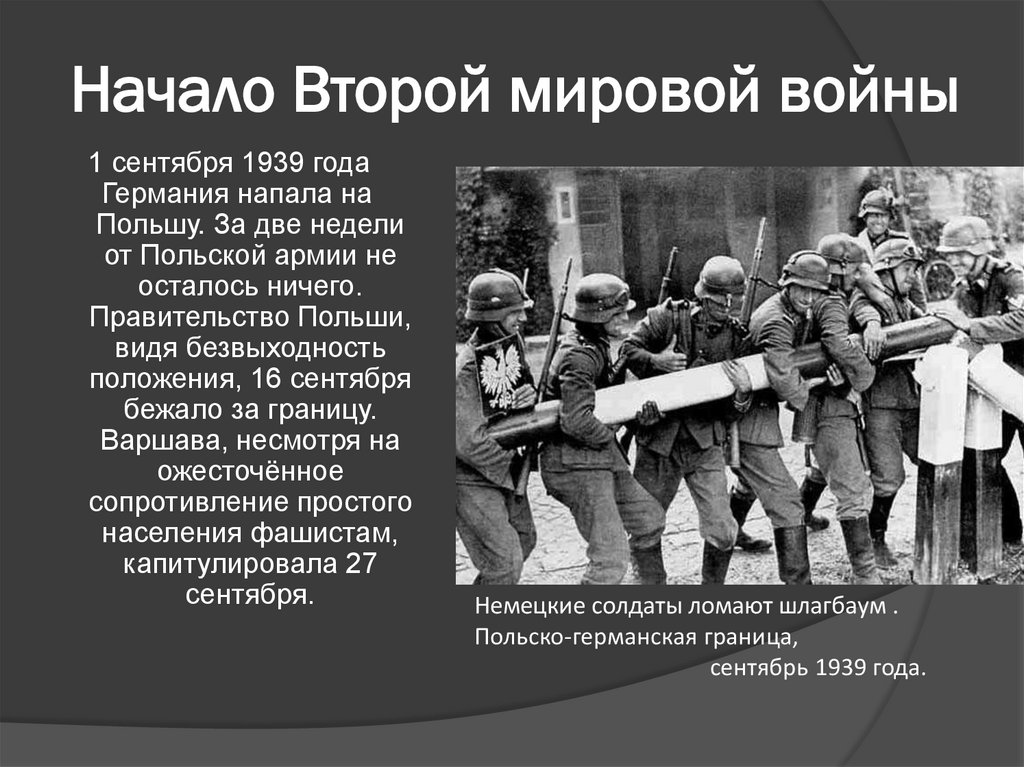
In retrospect, the invasion of Poland can be interpreted as a prime example of Adolf Hitler’s aggressive expansionist policy. He had already asserted his territorial claims in 1938 with the annexation of Austria and the Munich Agreement on the Sudetenland. But while these steps were taken without open war, Hitler crossed the line into open global conflict with his attack on Poland.
The memory of September 1, 1939, is now an integral part of European remembrance culture. In Poland, this date symbolizes the beginning of an unprecedented ordeal; in Germany, it reminds us of the responsibility for a war that brought immeasurable suffering to the world. Commemorative events, monuments, and historical research keep the memory alive and serve as a warning of the consequences that nationalist ideologies, aggression, and warmongering can have.
When we look back on this date today, we see not only the beginning of a military conflict, but also the beginning of a catastrophe that affected millions of people: soldiers, civilians, refugees, deportees, and those persecuted. The history of September 1, 1939, reminds us that peace and diplomacy must never be taken for granted.


